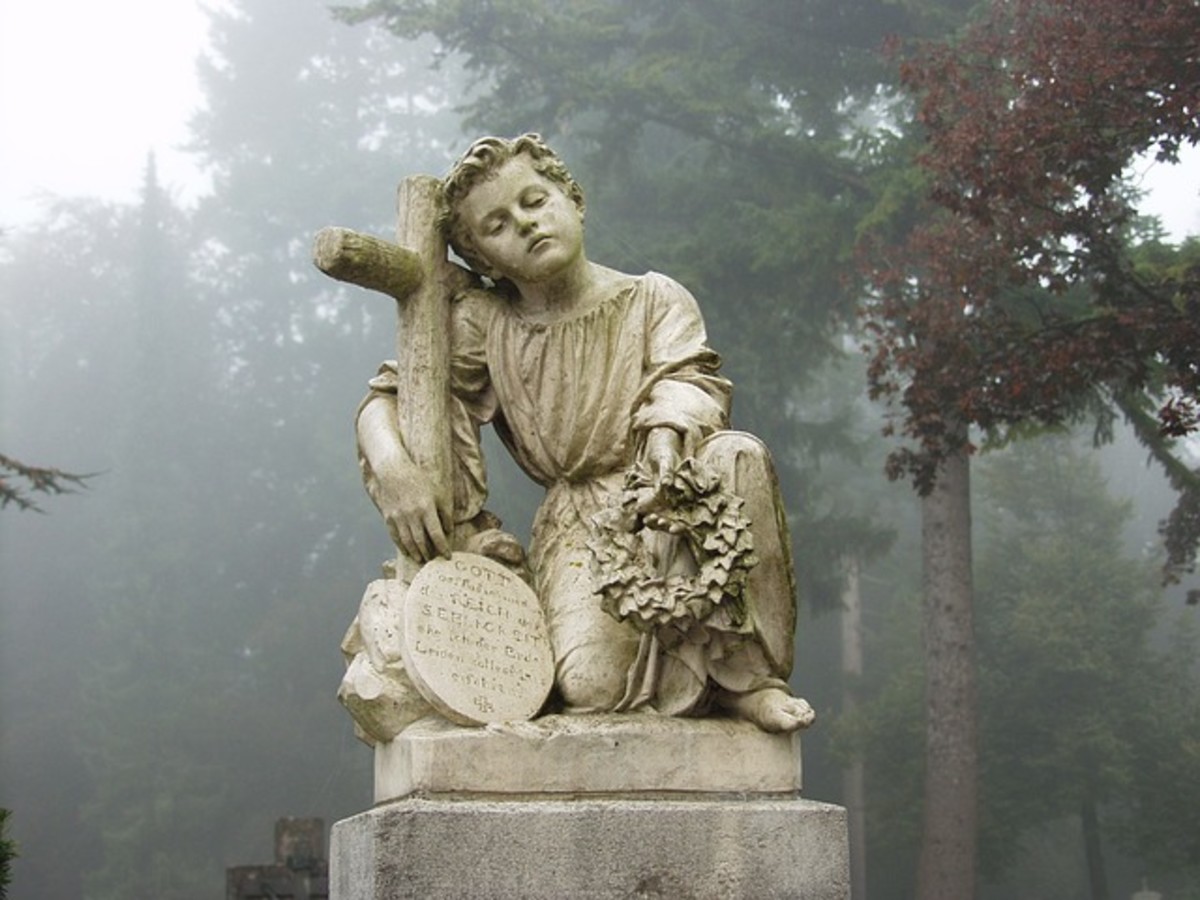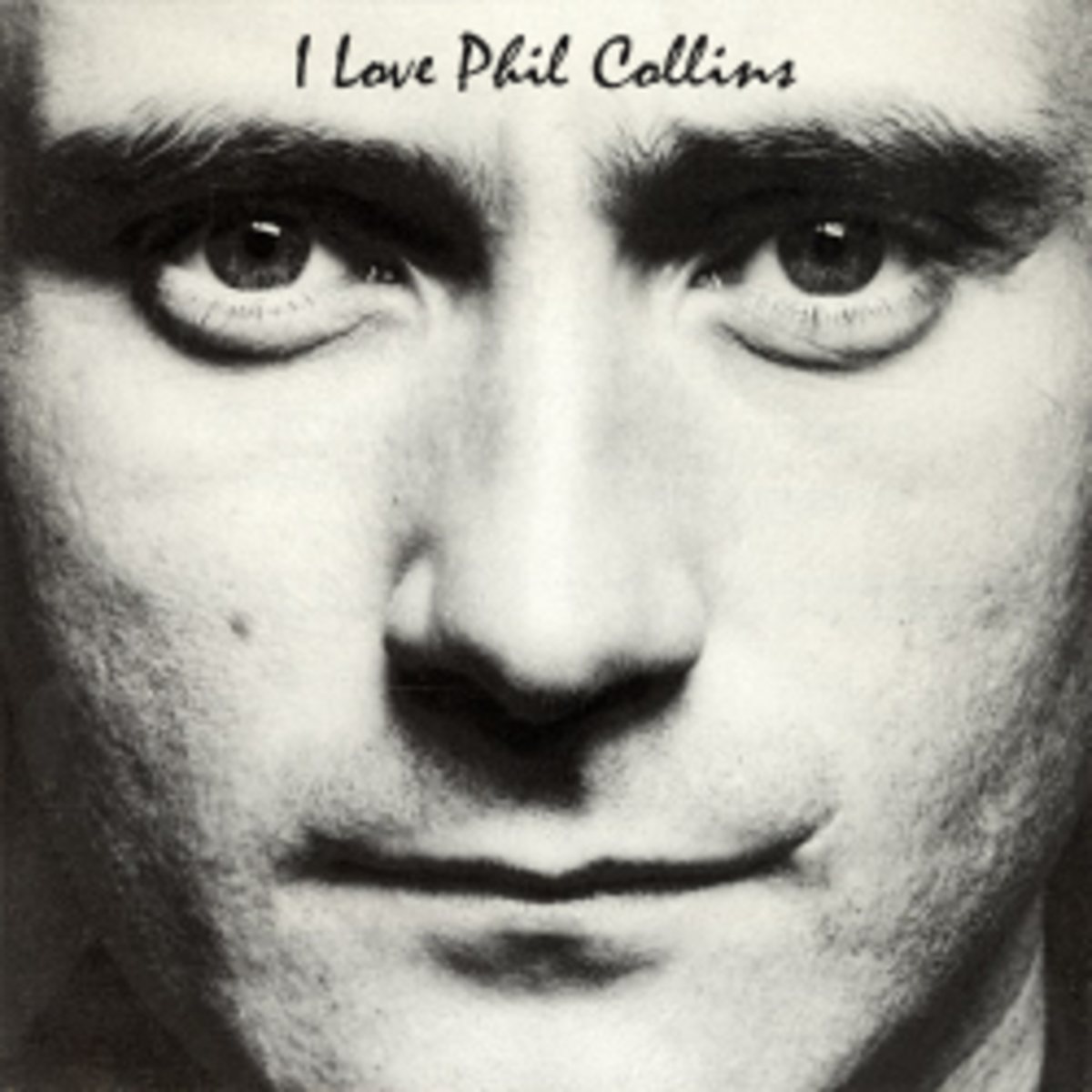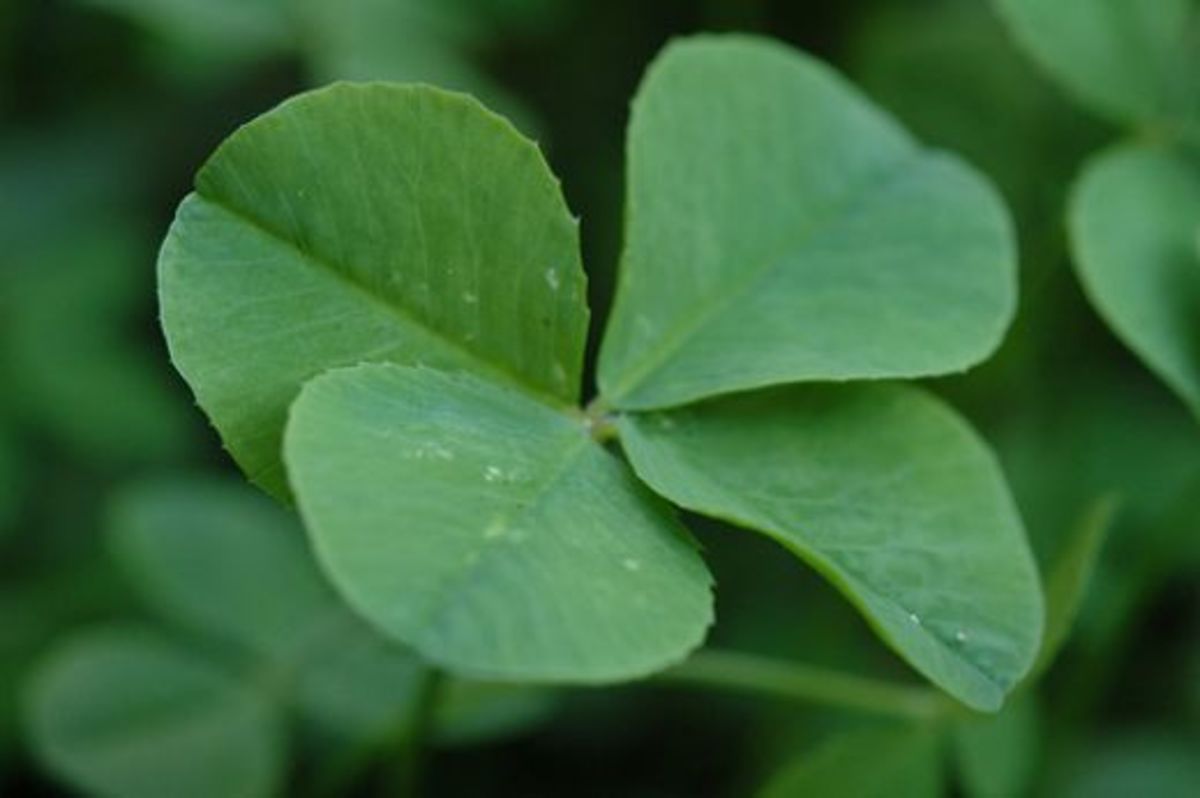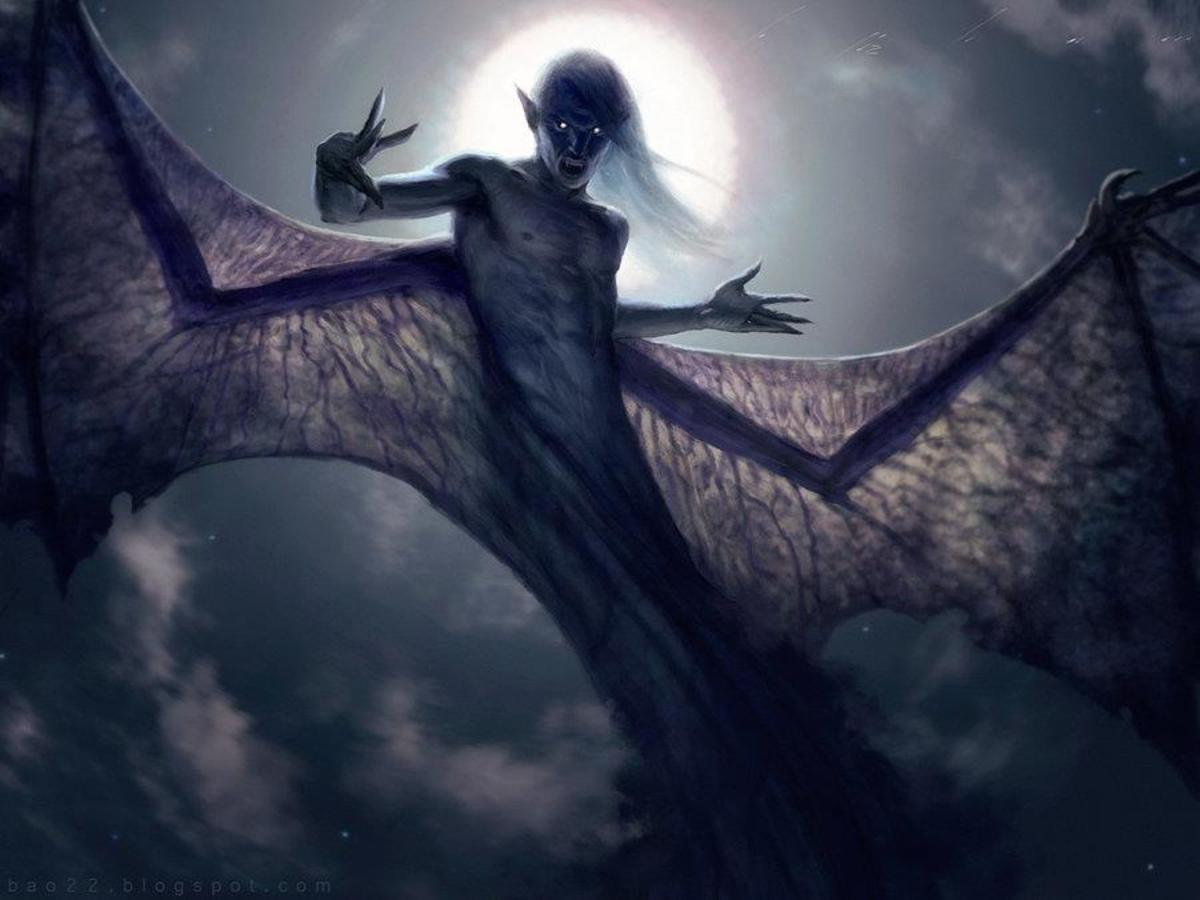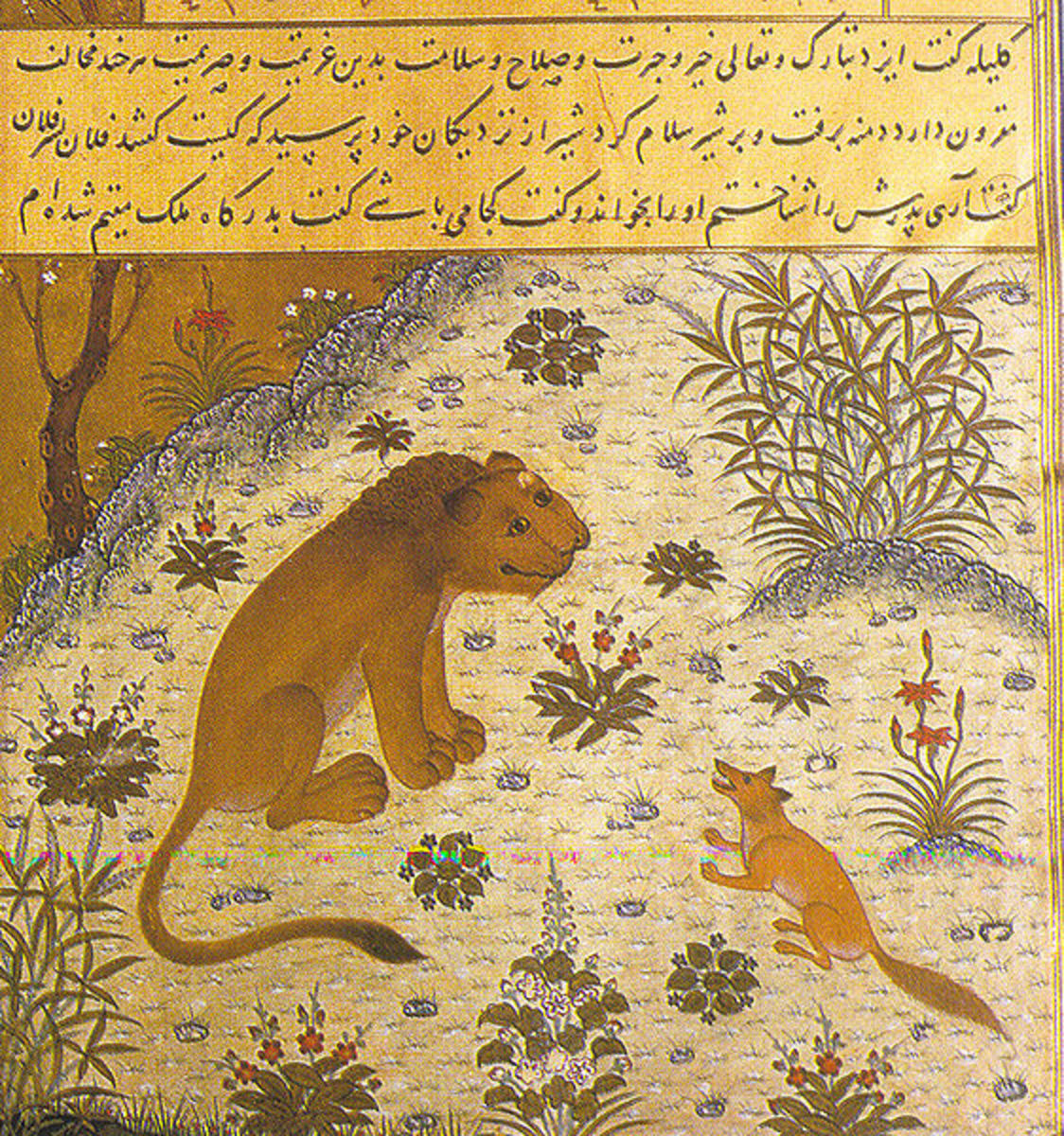- HubPages»
- Education and Science»
- Sociology & Anthropology»
- Folklore & Mythology
Heroes, Outlaws and Folklore -part II Songs and Music about Legends Irish Willie Brennan, women outlaws and others
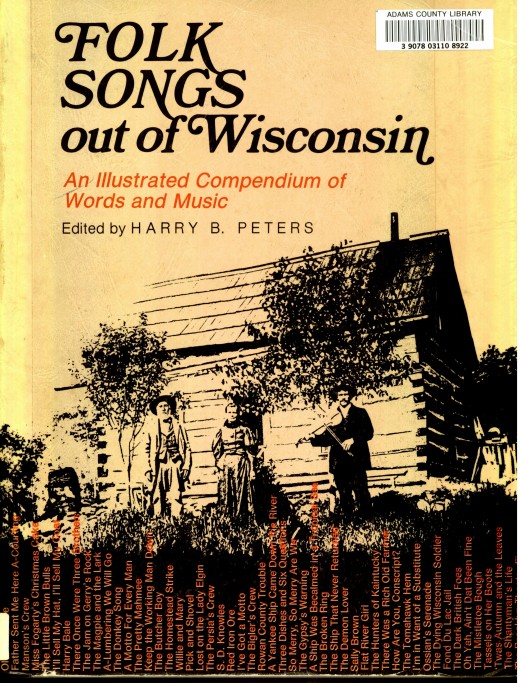
The Female Highwayman
O Janie, O Janie, O Janie one day
She dressed herself in men's array.
With a brace of pistols all by her side
To rob her lover, away did ride,
To rob her lover, away did ride.
She met her lover out on the plain
On a coal-black charger she drew rein.
With a heavy pistol she then did aim,
"Give me your gold, or suffer pain,
Give me your gold, or suffer pain."
This version is from Mudcat café—an archive of folk music.
I ran across this ballad on the Internet. There are a number of versions or variations. The reader can decide whether the subject of the song is an outlaw or a heroine. I thought it was interesting and unusual.
Basically it tells the story of a woman who dresses as a man and holds up her boyfriend while she is disguised as a highwayman She succeeds in the hold-up. At the end she said she did it to see if he were a “a man or not.
Brennen on the Moor
'tis of a brave young highwayman this story I will tell
His name was Willie Brennan and in Ireland he did dwell
It was on the Kilwood Mountain he commenced the wild career
And many a wealth nobleman before him shook with fear
Now with this loaded blunderbuss-the truth I will unfold-
He made the mayor tremble and he robbed him of his gold
One hundred pounds was offered for his apprehension there
So he, with horse and saddle to the mountains did repair.
This is commonly heard version of “Brennan on the Moore” that I found on the Internet “Images of Ireland”.
Tis of a famous highwayman a long story I will tell
His name was Willie Brennen and in Ireland he did dwell
Twas on the Calvert mountains he began his wild career
And many a wealthy gentleman before him shook with fear.
A brace of loaded pistols he carried night and day
He never robbed a poor man upon the king’s highway.
But he’d taken from the rich, like Turpin and Black Bess
He did divide it with a widow in distress.
Song “Brennan on the Moore, sung by William J. Morgan in 1946. Morgan lived in Berlin, Wisconsin.
I found this version of “Brennen on the Moor” in the Book “Folk Sons out of Wisconsin” edited by Harry B. Peters, published by the Wisconsin Historical society.
I’m showing verses from both version because I think it is a good illustration of the” folk process” If this were popular music the song form is usually frozen and audiences expect it to be the same from one performer to another. People who are used to popular music have a hard time understanding why the song will differ from one performer to another. Part of it is the folk process and oral tradition. When different singers learn a song from another singer or in this day and age from a recording they may forget the words and substitute something else. This is common also in Jazz, which is characterized by improvising. For example, I understand that Bing Crosby forgot the words to a song he was singing and substituted some melodic sounds, which became his signature sound. It might also be a story he made up, since it is a common practice in Jazz. Also, I have to note that during the “Folk era” when everyone was singing the same popular folk songs copyright issues played a part.
Notice that spellings differ from one version to the next. That may be version is Irish and one is American. But the main thing is that verse differs which commonly happens as a song “evolves.” What I find interesting is the reference to Dick Turpin, whom I’ve written about earlier, in the American version it also echoes references in other songs to “never robbed a poor man.”
In one version the highwayman has a “blunderbuss” in the other he has a brace of pistols.
On “Images of Ireland” Willie Brennan is described as an “Irish Robin Hood” in the late 1700’s. He was betrayed by a comrade for the reward. Sounds like what happened to Jesse James. Often a reason that an outlaw is remembered as a hero is because of betrayal.
Bandit Cole Younger
I am a noted highwayman, Cole Younger is my name;
‘Tis deeds and desperation that brought my name to shame.
Robbing of the Northfield bank is a thing I’ll never deny
But which I will be sorry of until the day I die.
I previously wrote about Jesse James and the James-Younger gang and the robbing of the Northfield bank. I jus ran across the song about Cole Younger on a website “Remembering the Old songs.
When trying to hold-up the bank in Northfield< Minnesota they were surprised by armed townspeople who killed two members of the gang. The James brothers escaped but the Youngers were caught and tried. They pled guilty and avoided the death penalty but were sentence to life in the Stillwater Prison. Bob Younger died of tuberculosis in 1889 and Cole and Jim were paroled in 1901.
The Cole brothers but Jim committed suicide a year later. Cole and Frank James went on tour as the Cole Younger & Frank James Wild West Company. John Lomax collected the song for his 1910 “Cowboy Songs.” Versions of the song were recorded by Edward L. Crain and another by Dock Boggs.
Bill Martin and Ella Speed
Bill Martin he was a man with a very small hand.
He worked ev’y night at de coffee stand
He walked out for to borrow a gun,
Something Bill Martin had never done
Huddie Leadbetter (Leadbelly) said that “Bill Martin had shot po’ Ella Down in the stree not long before he moved to Dallas.” From John and Allen Lomax in American Ballads and Folk Songs.
Leadbelly and other street musicians sang a song that told of the tragic event of a jealous lover who killed his girlfriend.
Apparently the girlfriend, Ella Speed, was cheating so he acquired a gun and shot her down in the street. In his train he was sentence to hang.
The ballad ends with a traditional warning to young girls that it could happen to them. The song itself carries over a long tradition of musicians and minstrels to create songs about current events that catch their attention.
Obviously Martin is not a hero.
Heroes, Outlaws
Belle Starr
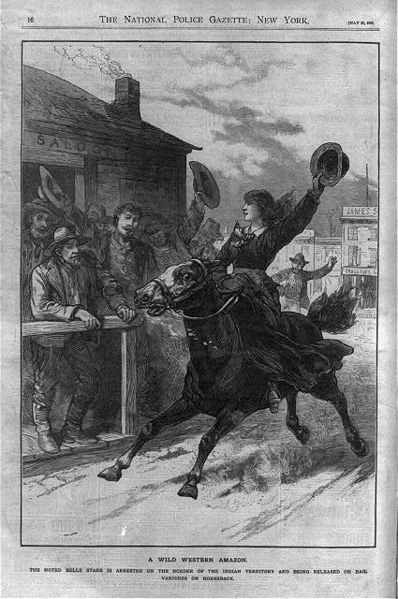
Belle Starr
Belle Starr, Belle Starr, tell me where you have gone
Since old Oklahoma's sand hills you did roam?
Is it Heaven's wide streets that you're tying the reins
Or single footing somewhere below
Eight lovers they say combed your waving black hair
Eight men knew the feel of your dark velvet waist
Eight men heard the sounds of your tan leather skirt
Eight men heard the bark of the guns that you wore
BELLE STARR
by Woody Guthrie
tune by Pete Seeger and Jack Elliot
Probably the best known of female western outlaws was Belle
Starr.Born Myra Belle Shirley on Feb. 5, 1848 in Carthage,
Missouri. She came from a good middle class background, her father a wealthy
businessman. She went to the Carthage female Academy and was a successful
student. So how did she become one of the most notorious of the legendary
outlaws? The sensational newspapers of
the time and later the dime novels and the movies built up and romanticized her
reputation.
During the Civil as a teenager she was engaged in reporting the movement of Union troop movements to the rebels. She was a childhood friend of Cole Younger who rode with Quantrill and her brother served in the Confederate Army and was killed by Union troops. She became close to both the James gang and the Younger family. She also married Jim Reed, another childhood friend. He failed at farming and fell in with the Starr clan, Cherokee Indians who had a reputation for whiskey, cattle and horse stealing.
She started getting into trouble by association. as She began to wear buckskins, moccasins or tight black jackets, black skirts and high top boots. She also sported a Stetson hat with an ostrich plume and twin holstered guns.
Besides gambling and hanging around saloons, she took to riding through the streets shooting off her pistols. She took up with the Starr gang in Indian Territory—now Oklahoma. She was active in the planning and organizing the outlaw activities.
She came into the sights of Judge Parker, the hanging judge of Fort Smith who became obsessed with a bringing her to justice. She was sent to prison and became a model prisoner, but returned to crime as soon as she got out. She continued to get arrested but Parker was unable to convict her again.
Like so many, she came to a violent death on Feb. 3, 1889. She was killed by a shotgun blast in the back. The killer was never identified. Her reputation increased through dime novels and Hollywood, to the point that historians have difficulty separating fact from fiction.



